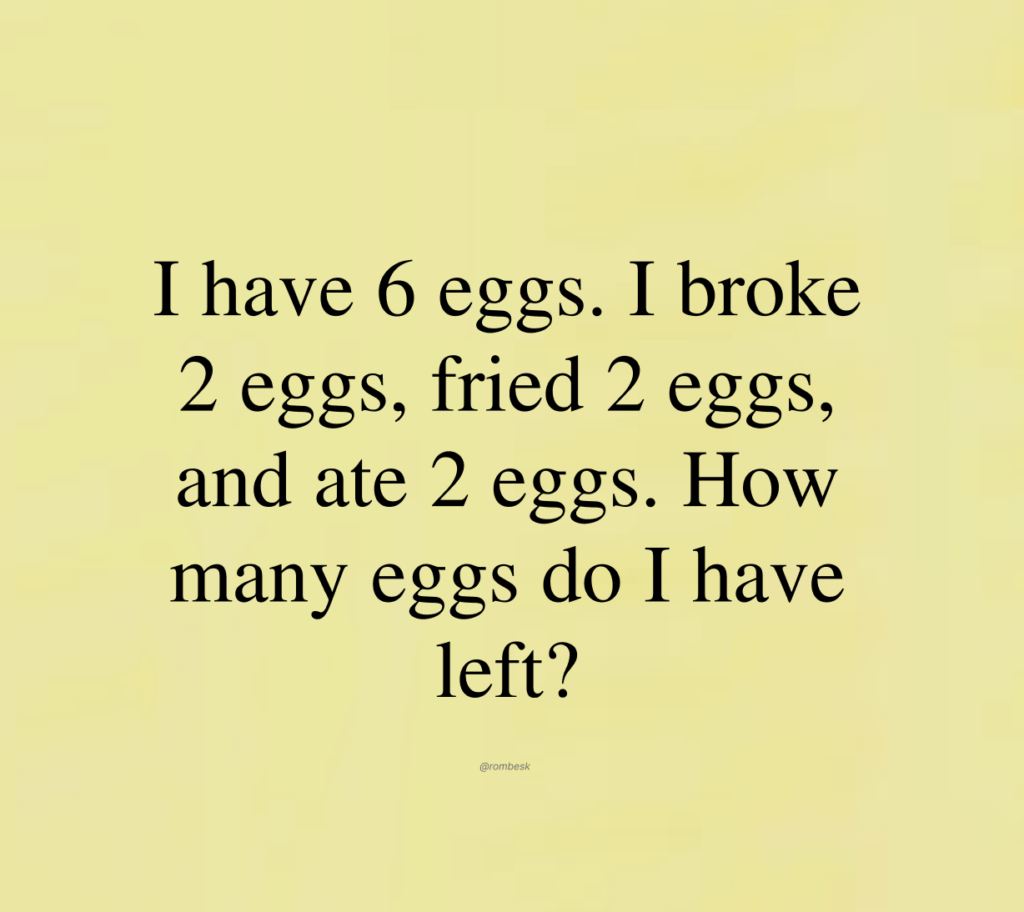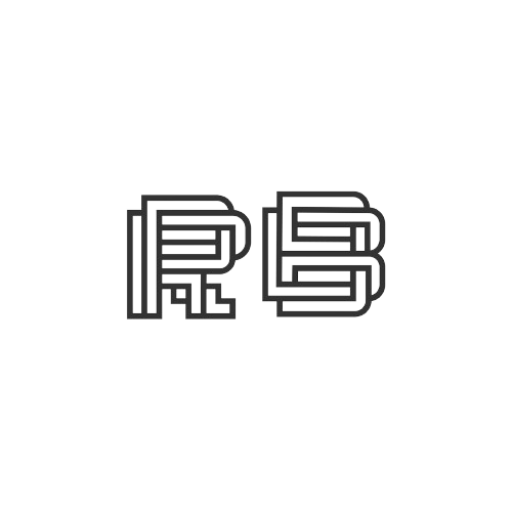This riddle challenges you to think carefully about actions and results. If you start with 6 eggs, break 2, fry 2, and eat 2, how many eggs remain? Discover the trick to solving this popular riddle with a simple, logical breakdown.
Riddle Solution: I Have 6 Eggs, I Broke 2, Fried 2, and Ate 2 – How Many Are Left?

The riddle goes, “I have 6 eggs. I broke 2 eggs, fried 2 eggs, and ate 2 eggs. How many eggs do I have left?”
At first, this might seem straightforward, but there’s a catch! The answer depends on how you interpret the actions taken with the eggs.
Step-by-Step Solution to the Riddle
- Identify the Starting Point:
- The riddle states that you have 6 eggs at the beginning.
- Analyze Each Action Separately:
- The actions listed (breaking, frying, and eating) don’t necessarily mean using different eggs each time. They could all apply to the same 2 eggs:
- Break 2 eggs – This means 2 of the 6 eggs are cracked but not yet cooked.
- Fry 2 eggs – These 2 cracked eggs are now fried.
- Eat 2 eggs – These fried eggs are then eaten.
- The actions listed (breaking, frying, and eating) don’t necessarily mean using different eggs each time. They could all apply to the same 2 eggs:
- Count the Remaining Eggs:
- After breaking, frying, and eating only 2 eggs (which are the same eggs throughout each action), the remaining eggs have not been used.
- Out of the original 6 eggs, only 2 have been broken, fried, and eaten, leaving 4 eggs that are still untouched.
Conclusion:
The answer to the riddle is 4 eggs left.
Why This Riddle Works
The riddle is effective because it uses a sequence of actions that seem to imply separate steps. However, the trick is that each step—breaking, frying, and eating—can all be performed on the same set of eggs. This makes it a great example of how assumptions can lead you to overcomplicate a problem.
Final Answer:
If you start with 6 eggs, break 2, fry 2, and eat 2 (all the same eggs), you’ll have 4 eggs left.
This riddle is a fun exercise in logic and attention to detail, challenging you to think about how actions might overlap or apply to the same items rather than being separate. It’s an enjoyable puzzle that reminds us to look carefully at every word in a riddle!

